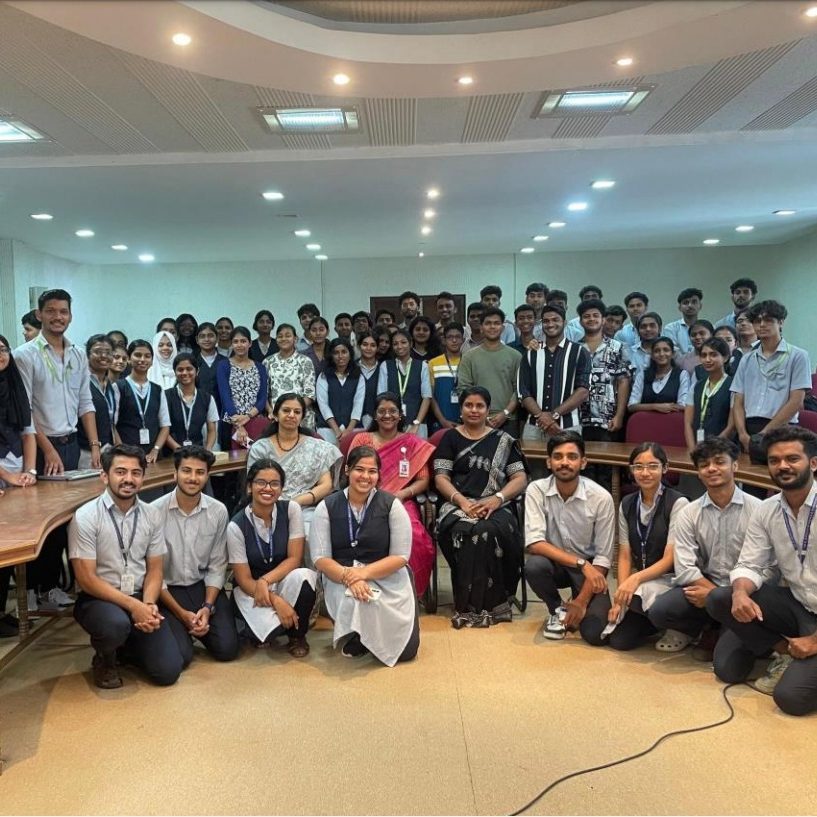Edwin R. Hancock holds a BSc degree in physics (1977), a PhD degree in high-energy physics (1981) and a D.Sc. degree (2008) from the University of Durham, and a doctorate Honoris Causa from the University of Alicante in 2015. From 1981-1991 he worked as a researcher in the fields of high-energy nuclear physics and pattern recognition at the Rutherford-Appleton Laboratory (now the Central Research Laboratory of the Research Councils). During this period, he worked on high energy physics experiments at the Stanford Linear Accelarator Center (SLAC) providing the first measurements of charmed particle lifetimes. He also held adjunct teaching posts at the University of Surrey and the Open University. In 1991, he moved to the University of York as a lecturer in the Department of Computer Science, where he has held a chair in Computer Vision since 1998, until retiring in 2018 and becoming Emeritus Professor. Since retiring he has taken up a part-time post as Principal Investigator of the Beijing Advanced Innovation Centre for Big Data, and Visiting Professor at Beihang University.
University of York
Email: edwin.hancock@york.ac.uk
DVP term expires December 2023
Presentations
Networks in Finance and Medicine
Networks provide a convenient way of representing and understanding the interactions that take place in complex systems. Here the nodes represent the components of the system and the edges between nodes the interactions between them. The structure of a network, i.e whether it contains features such as hubs or strong clusters of nodes, or how densely it is connected, convey important information that can be used to understand the function of the underlying system. This link between network structure and the function of a complex system has been exploited in a wide diversity of fields including functional biology, epidemiology, social networks, and finance to both analyze and understand large volumes of data, and then to build models for the time evolution of otherwise intractable systems. This talk provides an introduction to the background of understanding the time evolution of complex networks. It then focusses on how to use network entropy as a means of characterizing network structure and investigating the relationship between changes in network structure and function with time. Examples are presented on understanding the impact of world economic events on financial data for the New York Stock Exchange and on understanding the development of Alzheimer’s disease from fMRI brain images.
Polarization in Natural and Artificial Vision
The polarization of light is a potentially rich source of information concerning the shape and material composition of
surfaces from which it is reflected. It can be used to detect both natural and man-made camouflages. In fact, it is used in the visual systems of a number of animals including the Mantis Shrimp and bees. The former use it to detect transparent prey through the different refractive index to sea-water, and the latter for navigation. One important phenomenon that can be exploited in artificial vision is that when unpolarised light is reflected from a diffusely reflecting dielectric (non-metallic) surface, it acquires a spontaneous degree of polarisation. This property can be used in machine vision systems to estimate surface shape and material composition (refractive index). This talk will explore these ideas in greater depth and explain how natural and artificial vision systems exploit polarization, and how studying the former can inform the design of the latter.
Estimating Changes in Glacier Volume using Archival Polar Photographs
The Scott Polar Institute in Cambridge has a photographic archive from various polar expeditions dating back to the mid 19th Century. This talk describes the results of a project funded by the Leverhulme Trust aimed at using these photographs to estimate how glaciers have changed volume over the past hundred or so years. The archival imagery comes from a variety of sources including views taken near sea level during land-based expeditions in the early 20th century and also early aerial images from the 1930’s. The project aims to use these together with more recent imagery to estimate how glaciers have changed extent and volume using computer vision techniques, and in particular structure from motion. The challenges here are to detect feature points from a variety of image sources including those obtained with early photographic plates and also modern high-resolution surveillance cameras. Once these are to hand they can be registered against a digital elevation map to estimate changes in glacier volume. These results will hopefully inform the debate on global warming and the melting of the polar icecap.









